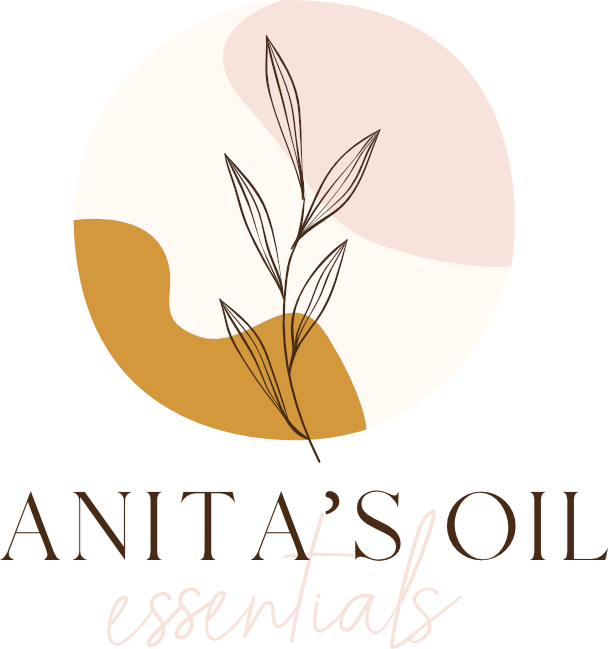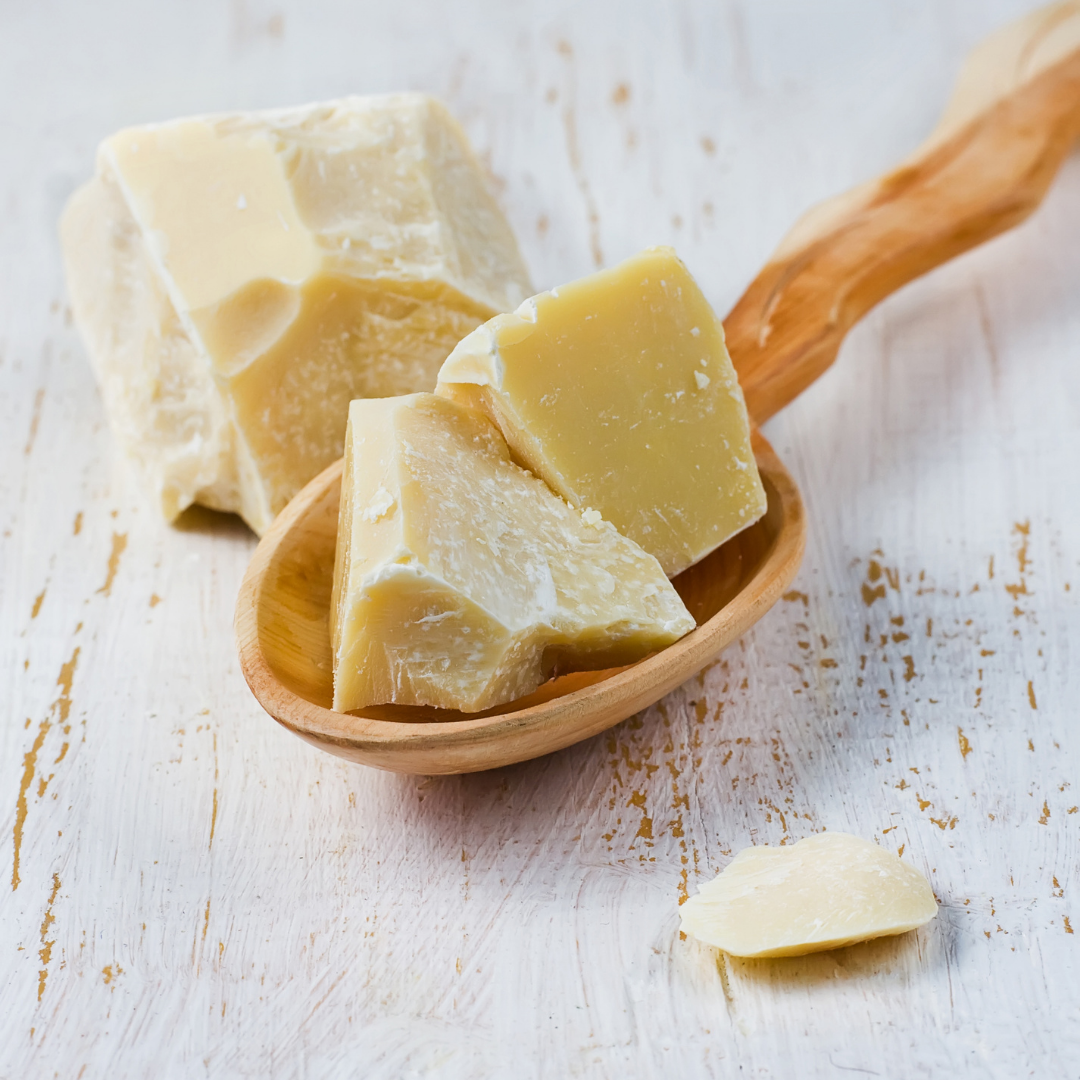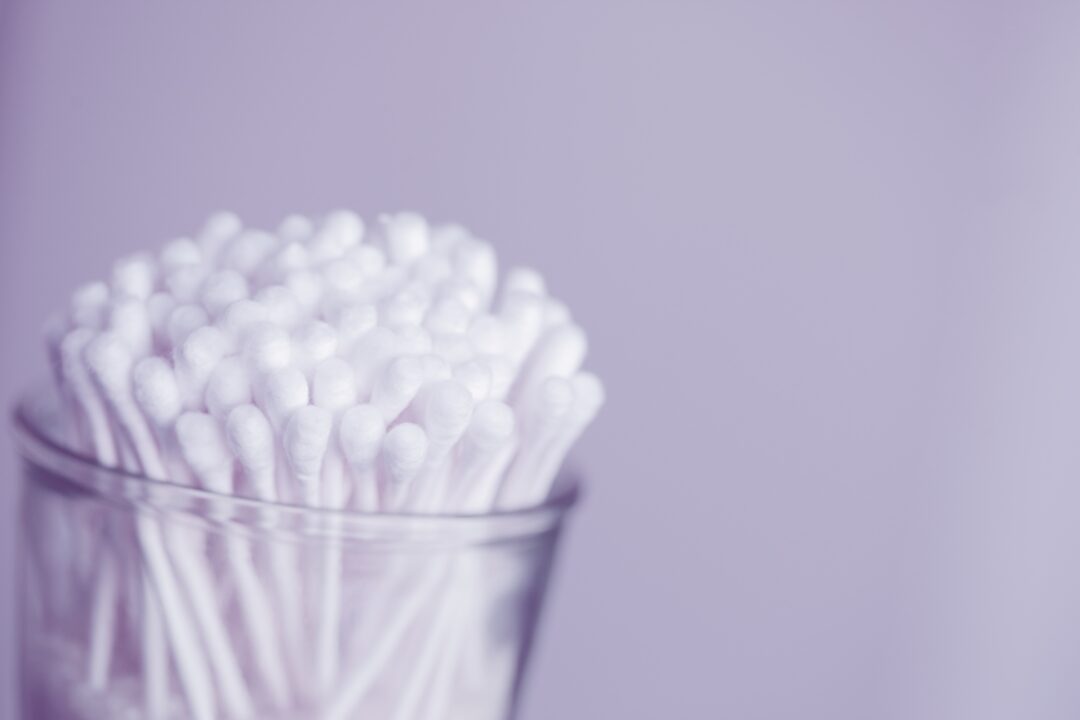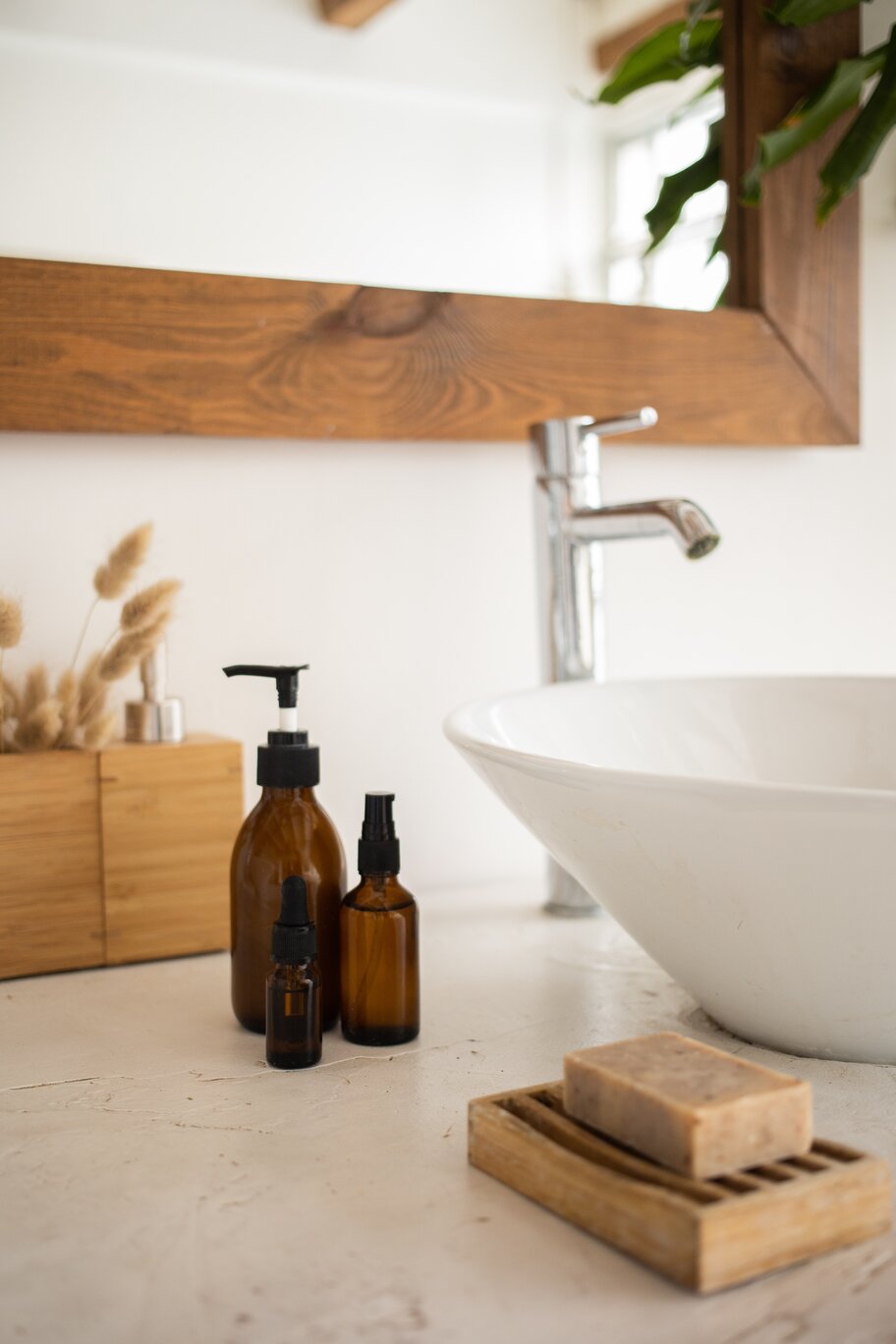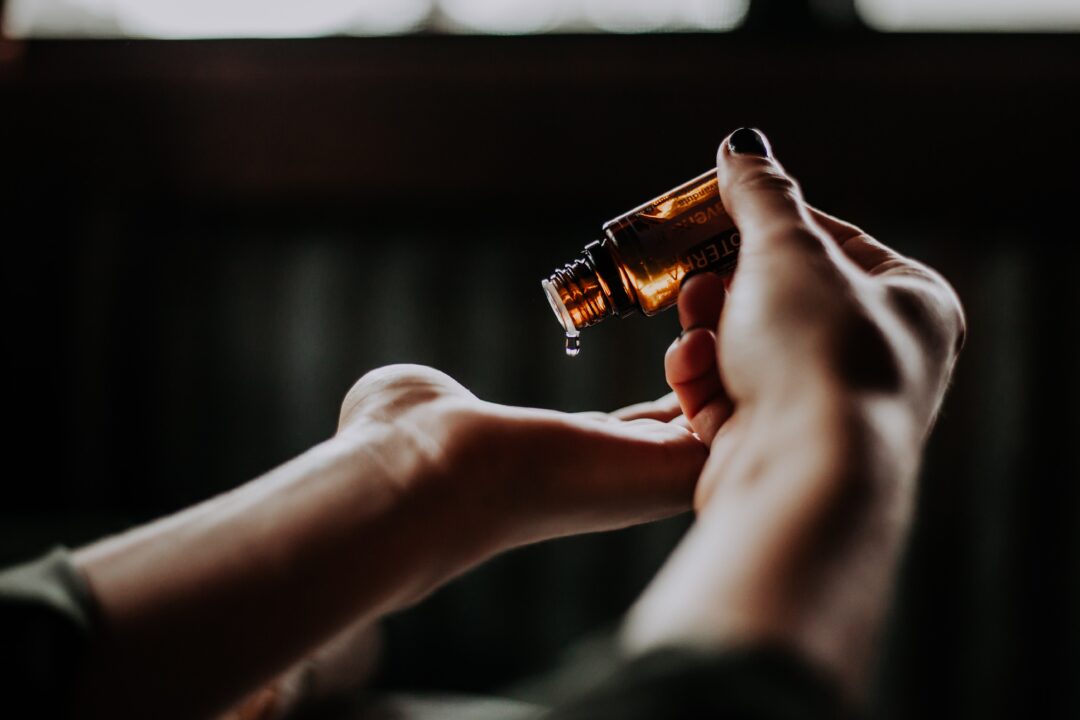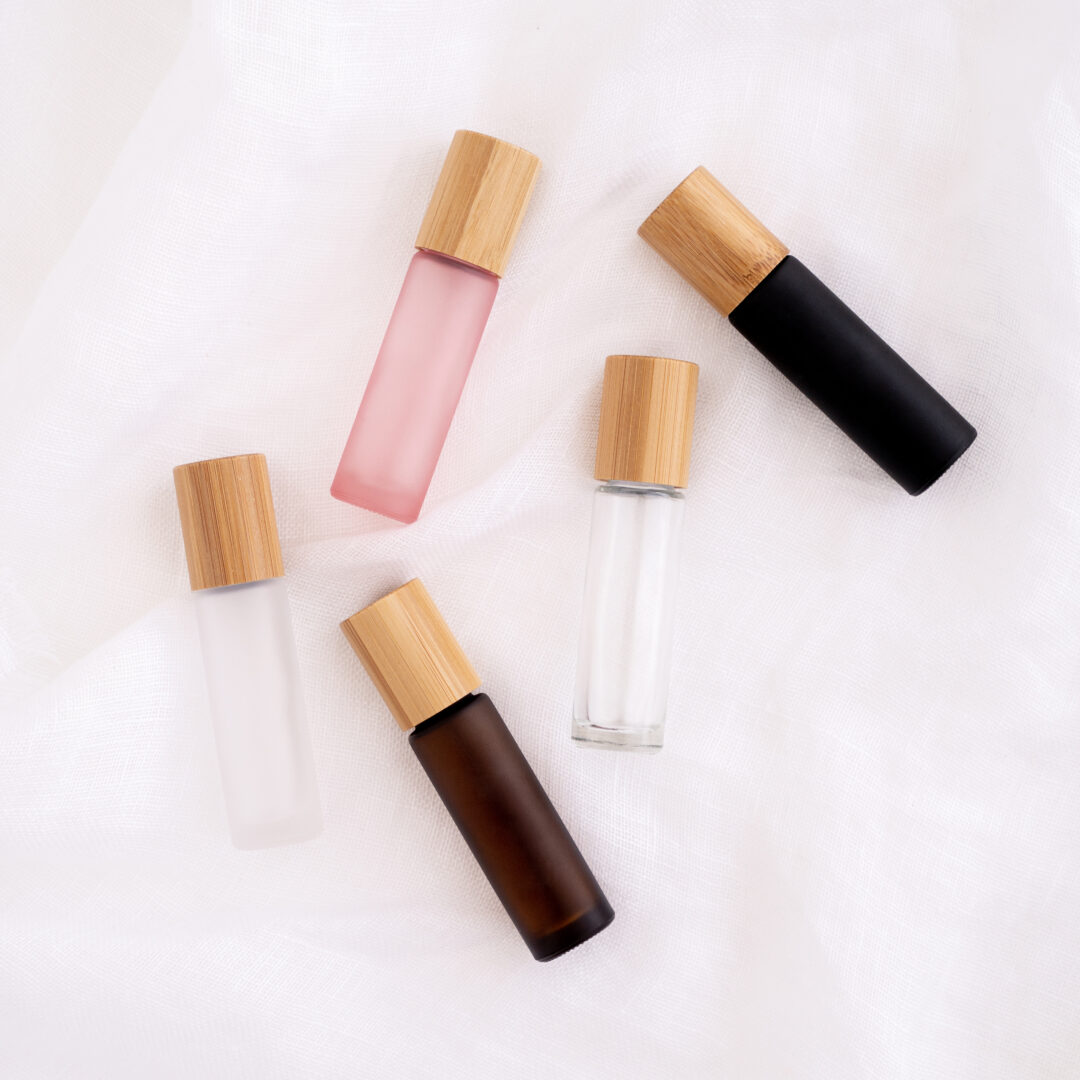There are plenty of formulas out in the market when it comes to beauty and skincare, but some old-fashioned home remedies just can’t be beaten. There are so many good ingredients and oils that can naturally help improve the condition of your skin and can be mixed and matched to achieve what you desire.
Cocoa butter oil is a highly regarded blend due to the effectiveness and benefits that it can provide to one’s skincare. Here’s all that you need to know when mixing it at home:
Ingredients
Cocoa butter is considered the star of the show. It’s a type of vegetable fat that has been derived from cocoa beans, which is normally known for its use in chocolates and other types of sweet-smelling products. However, aside from flavour and scent, it can also bring some healing properties that are perfect for the body and face.
Cocoa butter does come in a relatively thick and firm texture, though, which can make it harder to put onto the skin. Mixing it with oil can bring the right consistency to make the blend sink into the skin better. It’s also a plus that you can take your pick out of what types you want to put in.
Pick an oil or oil blend that would be able to complement the scent of cocoa butter rather than clash with it. Almond sweet oil and fractionated coconut oil are great options for a smoother, silkier and more aromatic outcome.
Purpose
The primary purpose of cocoa butter oil is to hydrate and moisturise one’s skin. This can do wonders for dehydrated skin in certain areas of the body, especially during the season where it can be drier and make your skin rougher than it usually is. Some people also use it on their skin if their skin type isn’t too oily or sensitive. It’s best to conduct a patch test beforehand.
Aside from turning it into a moisturiser, cocoa butter oil can also help remove any signs of ageing and certain skin conditions like eczema. This includes smoothing out wrinkles and lines on different parts of the skin, helping scars and marks fade out. Women post-pregnancy love using cocoa butter oil to help with any stretch marks formed over the nine months.
Process
A cup of cocoa butter shouldn’t be directly heated on the stove. Instead, it’s advised to heat it through a double boiler, with just a cup of water on the bottom portion to produce steam for the top part. Cocoa butter should seem more malleable and melted before it fully liquefies from the heat.
The cocoa butter should be taken out from the heat before mixing your chosen oil. You can gauge how thin you want the cocoa butter oil to be by slowly adding it and stirring. About two cups of your base oil should be good. Add essential oil as much as or as minor as you please in order to customise its benefits.
Conclusion
Combining cocoa butter and oil can bring a better consistency than its original state. This can be used for different purposes, with a majority using it as a simple moisturiser, while others turn it into their own body cream or lip balm.
Interested in more DIY products for essential oils? Anita’s Oil Essentials is a family-run business supplying aromatherapy accessories and products like cocoa butter and oils at a reasonable price. Order today!
